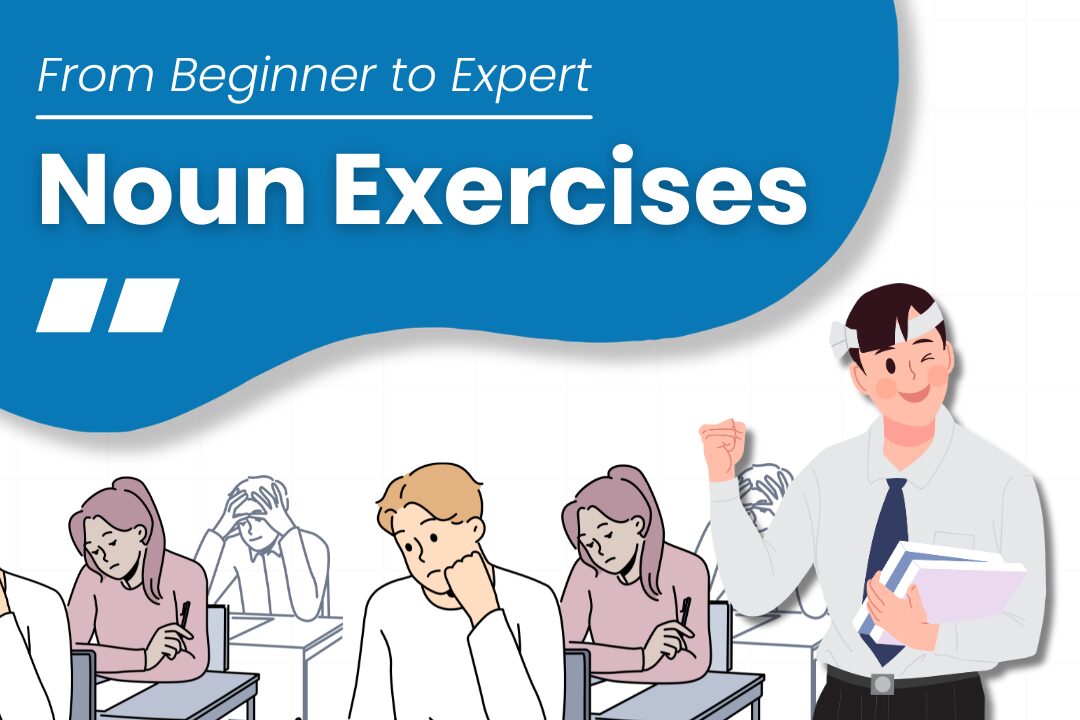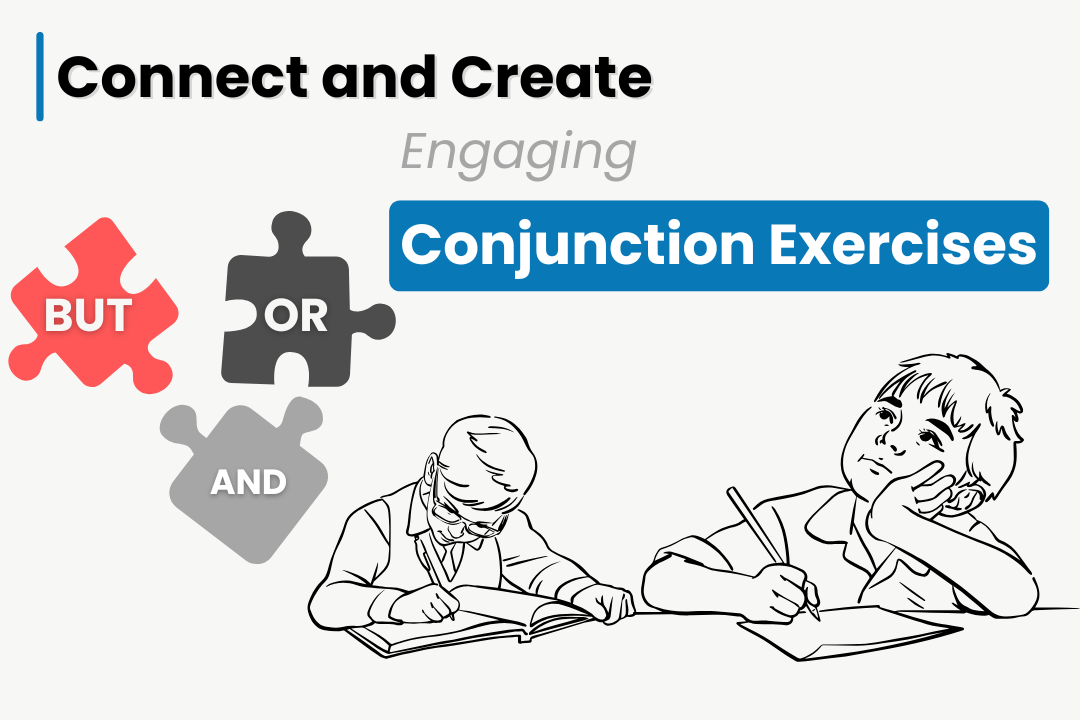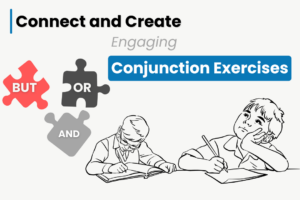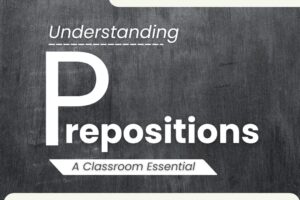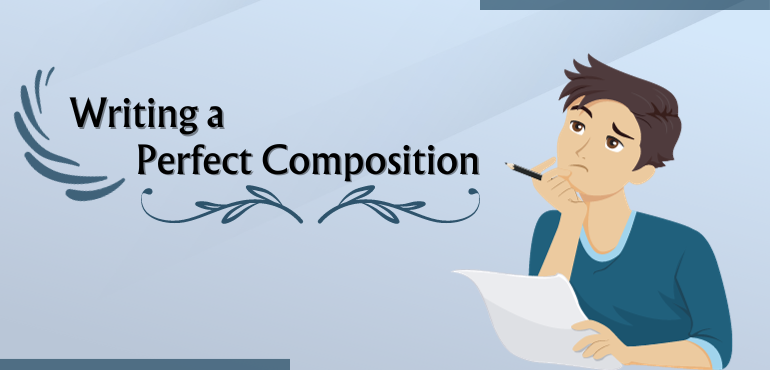
As a student, you’ve likely done composition writing, even if the assignments weren’t specifically labeled as compositions.
The truth is, it can be challenging to answer the question, What is composition writing? Here is the concise definition of “composition”: the way a writer crafts words, sentences, and paragraphs to create a coherent work. More broadly, composition writing covers all the kinds of writing you’ll encounter as a student and the strategies you use to write each type capably.
What is Composition Writing?
Composition writing is an important skill that students of class 10 need to master. It involves expressing one’s thoughts, opinions, or experiences in a clear, coherent, and effective manner.
Composition writing can be of various types, such as message writing, diary entry, notice writing, biographical sketch, data interpretation, dialogue writing, description, letter writing, email writing, article writing, speech writing, report writing, and story writing. Each type of composition has its format, purpose, and audience.
In this article, we will discuss the perfect composition writing format for class 10 students.
Message Writing/Diary/Notice
These are short compositions that convey some information or instruction to a specific person or group of people. They are usually written in an informal or semi-formal tone and use simple and direct language. The format of these compositions is as follows:
Message Writing:
A message is a brief note that informs someone about something important or urgent. A message writing format is usually written when the sender is unable to communicate verbally with the receiver. A message should include the following elements:
- Name of the sender and the receiver
- Date and time
- Purpose or reason
- Main information or instruction to be conveyed
- Signature or initials of the sender
For Example:
ABC
I have gone to the market with Mom. We will be back by 6 p.m. Please finish your homework and revise for the test tomorrow. Don’t forget to feed Maxie.
Love,
XYZ
Diary Entry:
A diary entry is a private journaling of your emotions, ideas, or experiences related to a specific day or occasion. Usually written in the first person, it has an informal, sentimental tone. The following components should be included in a diary entry:
- Date and time
- Topic or theme
- Details or description
- Reflection or conclusion
For Example:
30th October 2023
10 pm
My 18th Birthday
My favorite day ever! It was my eighteenth birthday. My brother and parents surprised me with a cake and gifts when I got up. As always, they made me feel special and loved. After that, I went to college and met my friends. They had arranged a surprise party in the cafeteria. They brought me cards and gifts and sang the birthday song. Their gesture really moved me. Playing games and snacking was fun for all of us. After graduation, my closest buddy and I went to a comedy film. It was quite funny! We also had ice cream and nuggets. I ended the day with a family dinner at my favorite cafe. It was such a fun and peaceful day. I felt content and thankful for everything when I got home. I thanked God for the wonderful family and friends I got who always make my birthday memorable.
Notice Writing:
An official announcement informing the public of a significant event or issue is called a notice. Usually, it appears in a newspaper or magazine or is posted on a notice board. The following components should be included in a notice:
- Name of the issuing authority or organization
- Date
- Subject or title of the notice
- Body of the notice that contains the main information or details about the event or issue
- Signature or name and designation of the person issuing the notice
For Example:
ABC High School
30th October 2023
Annual Sports Day
This is to inform all the students and staff that the annual sports day will be held on 31st October 2023 at 9 a.m. in the school playground. The chief guest for the occasion will be Mr. XYZ, a renowned athlete and alumnus of our school. There will be various events, such as races, jumps, throws, relays, etc., for different classes and categories. The participants are requested to report to their respective teachers by 8:30 a.m. on the day of the event. The spectators are advised to maintain discipline and cheer for their teams. The prize distribution ceremony will be held at 12 p.m. in the auditorium.
Principal
Biographical Sketch/Data Interpretation/Dialogue Writing/Description
These are longer compositions that present some factual information or analysis of a person, topic, or situation. They are usually written in a formal or semi-formal tone and use precise and objective language. The format of these compositions is as follows:
Biographical Sketch:
A biographical sketch is a brief account of the life and achievements of a famous or influential person. It is usually written in the third person and chronological order. A biographical sketch should include the following elements:
- Introduction that gives the name and basic information about the person
- Main body gives details about the person’s early life, education, career, achievements, contributions, etc.
- Conclusion that gives the summary and evaluation of the person’s life and legacy
For Example:
Famous child rights activist Kailash Satyarthi. He was born in Vidisha, Madhya Pradesh, on January 11, 1945. He is married and has two kids, a son and a daughter. His line of work is electrical engineering. He resigned from his position and began advocating for the outlawing of child labor and slavery. He is the creator of the Bachpan Bachao Andolan (BBA), a campaign aimed at ending child labor and human trafficking.
He started a journal, ‘The Struggle Shall Continue,’ in 1980 to create awareness about the widespread weevil of child labor. He is the Nobel Peace Prize winner for India for ‘his struggle against the suppression of children and found people and for the right of all children to education. ‘He is also the only second Indian winner of the Nobel Peace Prize after Mother Terressa in 1980. He has won several other awards: the Defenders of Democracy Award (US) in 2009, the Alfonso Comin International Award (Spain) in 2008, and the Robert F. Kennedy Human Rights Award in 1995.
Data Interpretation:
Data interpretation is the process of examining and displaying numerical data in a tabular or graphical format. Typically, it is written to make comparisons, contrasts, or inferences from the information. The following components should be included in data interpretation:
- Introduction that gives the source and type of data and states the purpose or objective of data interpretation
- Main body gives the description and explanation of the data using appropriate graphs, tables, charts, etc.
- Conclusion that gives the inference or observation from the data and answers any questions related to it.
For Example:
The following table shows the number of students enrolled in different streams (Science, Commerce, Arts) in four schools (A, B, C, D) in a city.
| School | Science | Commerce | Arts |
|---|---|---|---|
| A | 120 | 80 | 100 |
| B | 100 | 100 | 80 |
| C | 80 | 120 | 100 |
| D | 100 | 80 | 120 |
The purpose of data interpretation is to compare and contrast the enrollment trends in different streams and schools.
The data shows that Science is the most popular stream among students, with a total enrollment of 400 students across four schools. Commerce is the second most popular stream, with a total enrollment of 380 students. Arts is the least popular stream, with a total enrollment of 400 students.
The data also shows that School A has the highest enrollment in Science with 120 students. School C has the highest enrollment in Commerce, with 120 students. School D has the highest enrollment in Arts, with 120 students.
The data also shows that School B has an equal enrollment in Science and Commerce, with 100 students each. School A has an equal enrollment in Commerce and Arts, with 80 students each.
The data suggests that students prefer Science over Commerce and Arts because they perceive it as more challenging and rewarding. It also suggests that different schools have different strengths and preferences in terms of streams.
Dialogue Writing:
Dialogue writing is a type of creative writing in which two or more characters have a conversation about a certain subject or circumstance. Usually, the writing aims to convey the characters’ personalities, feelings, viewpoints, and conflicts. The following components must be included in dialogue writing:
- Introduction that gives the context and setting of the dialogue and introduces the characters involved
- Main body that gives the dialogue using quotation marks, punctuation marks, dialogue tags, etc.
- Conclusion that gives the outcome or resolution of the dialogue and shows its impact on the characters or situation.
For Example:
The following dialogue is between two friends, Ravi and Raghav, who are discussing their career plans after class 10.
Ravi: “Hey Raghav, what are you planning to do after class 10?”
Raghav: “I’m not sure, Ravi. I’m confused about which stream to choose.”
Ravi: “Why are you confused? You are good at math and science. You should go for the Science stream.”
Raghav: “But I don’t like Science. I find it boring and difficult. I’m more interested in Commerce.”
Ravi: “But Commerce is not for you. You are not good at accounting and economics. You will struggle in Commerce.”
Raghav: “That’s not true. I can learn accounting and economics if I work hard. I think Commerce is more practical and useful than Science.”
Ravi: “But Science is more prestigious and rewarding than Commerce. You can become an engineer or a doctor if you study Science.”
Raghav: “But I don’t want to become an engineer or a doctor. I want to become a businessman or a manager. I think Commerce will help me achieve my goals.”
Ravi: “But you are wasting your talent and potential if you choose Commerce. You have a bright future in Science.”
Raghav: “But you are ignoring my interest and passion if you force me to choose Science. I have a right to choose my own career path.”
Ravi: “But you are making a mistake if you choose Commerce. You will regret it later.”
Raghav: “But you are being selfish if you choose Science for me. You will lose my friendship.”
The dialogue shows that Ravi and Raghav have different opinions and preferences about their career choices. They argue and try to convince each other to change their minds. They also express their feelings and emotions, such as confusion, boredom, difficulty, interest, practicality, usefulness, prestige, reward, talent, potential, interest, passion, right, mistake, regret, selfishness, and friendship.
The dialogue ends with a conflict and a threat of losing their friendship. It shows the impact of their career decisions on their personal relationship. It also leaves the reader wondering what will happen next and how they will resolve their issue.
Description:
Descriptive writing is the process of constructing a vivid representation of a subject, object, location, or event through the use of sensory information and descriptive language. It is typically composed to evoke the reader’s senses and emotions. A description should contain the following elements:
- Introduction
- Main Body
- Conclusion
For Example:
The vibrant blooms gave the usually dead walkway life. The yellow, orange, and red petals seemed to wave gently in the air, while the many colors of green on the stems and leaves made the perfect background.
Speech Writing:
A speech is a verbal statement made for a particular purpose to an audience. Depending on the goal and setting, the speech may be persuasive, educational, inspiring, motivating, or any combination of these. A speech ought to have the following components:
- The introduction that gives the greeting and introduction of the speaker and the topic.
- The main body that gives the supporting details, facts, examples, statistics, quotes, etc.
- The conclusion gives the summary and evaluation of the main idea or thesis statement.
For Example:
“Cleanliness is next to godliness,” said the great John Wesley.
Hello, respected principal, instructors, and good friends. Today, I, Raghav, stand in front of you all to emphasize the significance of cleanliness.
Cleanliness is the condition or attribute of being or remaining clean. Everyone must learn about cleaning, hygiene, sanitation, and the different diseases that are produced by unsanitary circumstances. It is essential for physical well-being and the maintenance of a healthy atmosphere at home and at school. A filthy atmosphere invites a large number of mosquitos to grow and spread dangerous diseases. On the other side, poor personal cleanliness causes a variety of skin disorders as well as lowered immunity.
Habits formed at a young age become ingrained in one’s personality. Even if we teach our children to wash their hands before and after meals, brush their teeth, and bathe on a regular basis, we are unconcerned about keeping public places clean. On October 2, 2014, the Indian Prime Minister began the “Swachh Bharat” program to offer sanitation amenities to every family, including toilets, solid and liquid waste disposal systems, village cleanliness, and safe and appropriate drinking water supplies. Teachers and children in schools are actively participating in the ‘Clean India Campaign’ with zeal and excitement.
Good health ensures a healthy mind, which leads to better overall productivity, higher living standards, and economic development. It will improve India’s international standing. As a result, a clean environment is a green environment with fewer illnesses. Thus, cleanliness is defined as a symbol of mental purity.
Thank you very much.
Story Writing:
Story writing in the form of stories entails crafting a fictitious or imagined storyline complete with characters, setting, conflict, climax, and conclusion. The reader is often intended to be inspired, educated, or entertained by it. The following components must be included in a story:
- Name or title
- A brief overview or orientation
- Development or complication
- Peak or pivotal moment
- Resolution or result
- Conclusion or lesson
For Example:
A Friend in Need
Ravi was a poor boy who lived in a small village with his mother. His father had died when he was young and his mother worked as a maid in a nearby town. Ravi had no friends in his village as he was shy and quiet. He spent most of his time reading books that he borrowed from the library.
One day, as he was returning from the library, he saw a dog lying on the road. It was injured and bleeding. Ravi felt sorry for it and decided to help it. He took it home and cleaned its wounds. He gave it some food and water and made a bed for it in his room.
The next day, Ravi went to school as usual. He told his mother to take care of the dog until he came back. He hoped that the dog would recover soon and become his friend.
However, when he returned from school, he was shocked to see that his house was on fire. He ran towards it and saw his mother standing outside with some neighbors. She was crying and holding something in her arms.
“Ravi! Ravi! Thank God you are safe!” she exclaimed as she hugged him.
“Mother! What happened? Where is our house? Where is our dog?” Ravi asked anxiously.
“Ravi! Our house caught fire because of a short circuit in the wires. I tried to save our things but it was too late. Everything was burnt down.” she sobbed.
“But mother! What about our dog? Did you save him?” Ravi asked again.
“Yes, Ravi. I saved him. He is here with me.” she said and showed him the dog.
Ravi was relieved to see that the dog was alive and well. He hugged the dog and thanked his mother.
“Mother! You are so brave and kind. You risked your life to save our dog. I love you, mother.” he said.
“I love you too, Ravi. You are also brave and kind. You brought this dog home and saved his life. He is a lucky dog to have you as his friend.” she said.
The dog wagged his tail and licked their faces. He was happy to have them as his friends.
They hugged each other and smiled. They had lost their house but they had gained a friend. A friend in need is a friend indeed.
Finally, you now have comprehensive guidance on how to write an excellent composition for class 10. You now know the structure, hints, and sample writings for a variety of compositions, including memos, diaries, notices, biographical sketches, data interpretation, dialogues, descriptions, emails, letters, articles, speeches, reports, and narratives
Additionally, you have learned how to enhance the effectiveness and interest of your writing by utilizing a variety of components, including dialogue tags, quote marks, punctuation, adjectives, adverbs, similes, metaphors, and more.
We hope that this post has improved your composition writing abilities and helped you get ready for your tests. Please forward this article to your friends and classmates if you find it interesting. Happy writing, and thanks for reading!

